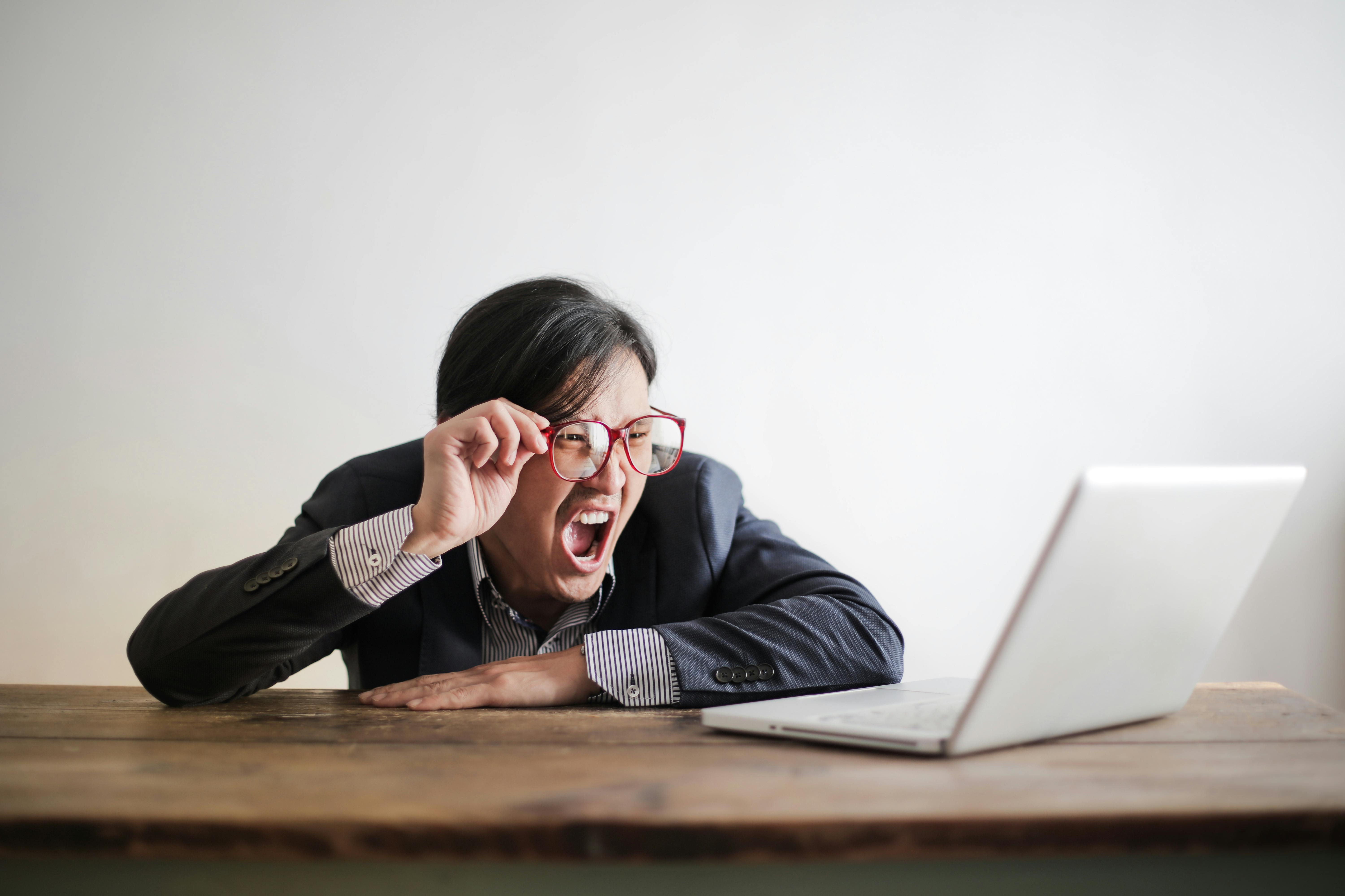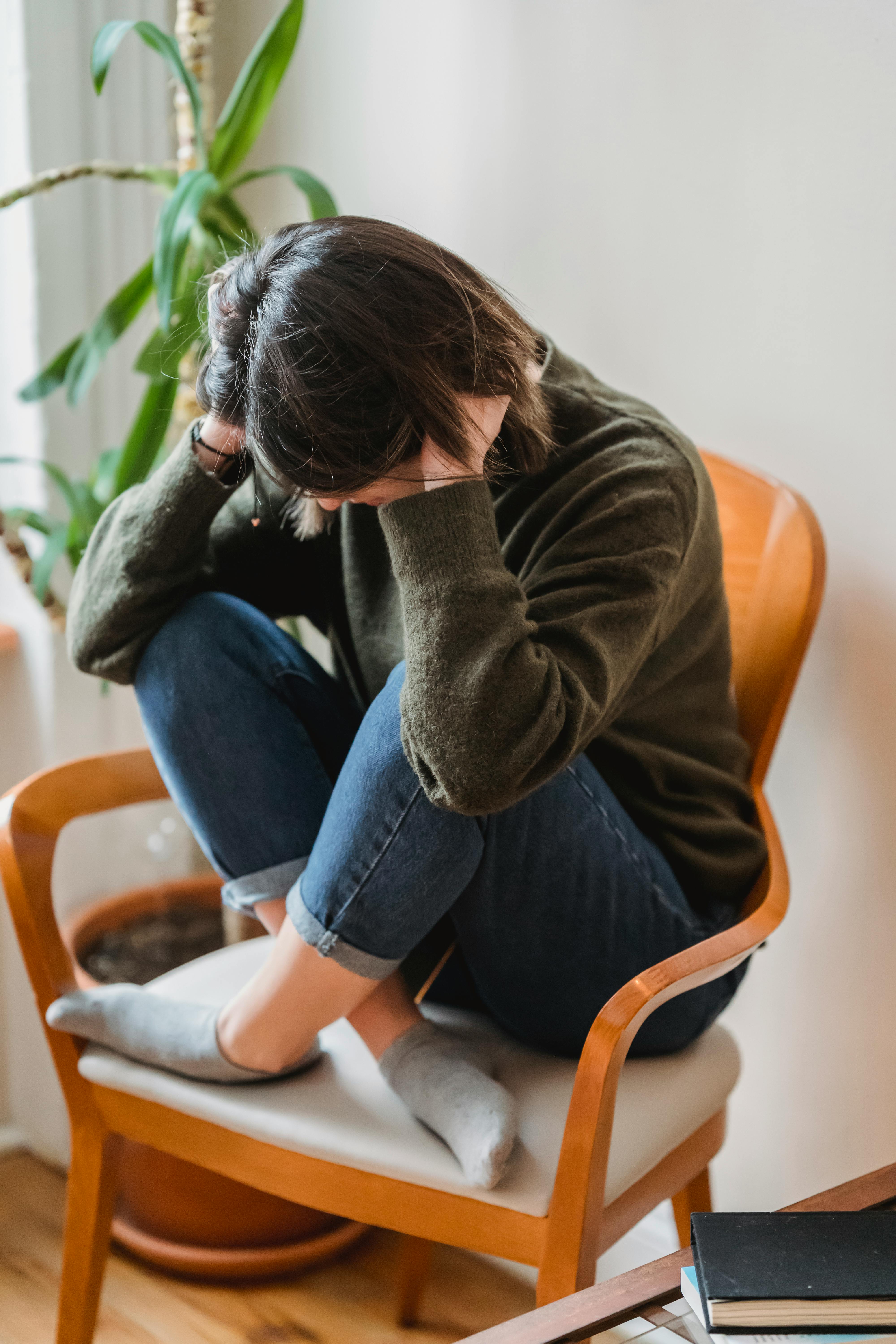What Are The Common Mistakes In Plumbing? Have you ever experienced a plumbing disaster at home? From leaky faucets to clogged drains, we’ve all been there. But did you know that most of these issues could have been easily prevented? In this article, we will explore the common mistakes homeowners make when it comes to plumbing, and provide you with simple tips on how to avoid them. So, if you’re tired of dealing with plumbing emergencies, keep reading to learn more!
1. Using the Wrong Tools
When it comes to plumbing, using the right tools is crucial for a successful repair or installation. Using the wrong tools can lead to a host of issues and even cause further damage. Here are some common mistakes people make when it comes to using the wrong tools:
1.1 Using the incorrect wrench size
Using the incorrect wrench size is a common mistake that can lead to frustration and even stripped nuts or bolts. Each plumbing fitting requires a specific wrench size for proper tightening or loosening. Using the wrong size wrench can cause slippage and damage the fitting, making it difficult to properly seal or connect the pipes.
1.2 Using non-plumbing-grade tape
Plumbing-grade tape, such as Teflon tape, is specifically designed to create a tight seal between threaded pipe connections. Using non-plumbing-grade tape, such as regular electrical tape or duct tape, may not provide the proper seal and can result in leaks. It is essential to use the correct type of tape for plumbing repairs to ensure a watertight connection.
1.3 Using the wrong pipe cutter
The type of pipe cutter you use can make a significant difference in the quality of the cut and the ease of installation. Using the wrong pipe cutter, such as a regular saw or blade, can result in jagged edges or uneven cuts. This can cause leaks or difficulty when trying to connect the pipes properly. It is essential to use a pipe cutter specifically designed for the type of pipe you are working with to ensure clean and precise cuts.
2. Not Turning Off the Water
Forgetting to turn off the water before starting any plumbing repair or installation is a common mistake that can lead to messy and potentially damaging situations. Here are two scenarios where people often overlook the importance of shutting off the water:
2.1 Neglecting to shut off the main water supply
When working on a plumbing project, it is essential to shut off the main water supply to prevent water from flowing while repairs are being made. Neglecting to do so can result in flooded areas or unexpected water spurts when disconnecting pipes. Always locate the main water shut-off valve in your home and turn it off before starting any plumbing work.
2.2 Forgetting to turn off individual fixture shut-off valves
In addition to the main water shut-off valve, many plumbing fixtures also have individual shut-off valves located beneath or behind them. Forgetting to turn off these valves can lead to water flooding out when pipes are disconnected or repaired. It is vital to locate and turn off any individual fixture shut-off valves before attempting any plumbing work on specific fixtures, such as toilets, sinks, or showers.

3. Over-Tightening Connections
While it is crucial to ensure a secure connection between pipes and fittings, over-tightening can cause its fair share of problems. Here are two common mistakes that occur when connections are tightened too much:
3.1 Stripping threads by over-tightening
Over-tightening fittings can cause the threads to strip, making it challenging to properly connect or disconnect pipes in the future. Stripped threads can lead to leaks and may require replacing the entire fitting, adding unnecessary time and expense to the repair. It is important to tighten connections snugly but avoid excessive force to prevent stripping the threads.
3.2 Damaging fragile fittings or pipes
Certain fittings and pipes, such as those made of PVC or copper, can be more fragile and prone to damage if over-tightened. Applying too much force when tightening these materials can result in cracks, breaks, or distortion, leading to leaks or compromised functionality. It is important to follow manufacturer guidelines and use the appropriate tools and techniques when tightening connections to avoid damaging the components.
4. Incorrect Pipe Sizing
Using pipes with the wrong diameter can lead to a range of issues, from restricted water flow to increased susceptibility to leaks. Here are two common mistakes associated with incorrect pipe sizing:
4.1 Using pipes with too small of a diameter
Using pipes with a diameter that is too small can result in reduced water pressure and flow. This can lead to inadequate water supply to fixtures or appliances and result in frustratingly weak showers or slow-filling toilets. It is essential to follow plumbing codes and guidelines and use pipes with the appropriate diameter for the intended application to ensure proper water flow.
4.2 Using pipes with too large of a diameter
While using pipes with too small of a diameter can restrict water flow, using pipes with too large of a diameter can cause issues as well. Oversized pipes can lead to water stagnation, reduced water velocity, and increased risk of leaks. It is important to select pipes with the appropriate diameter to maintain optimal water flow and pressure throughout the plumbing system.

5. Improper Pipe Installation
Improper pipe installation can lead to a range of problems, from leaks and water damage to compromised structural integrity. Here are three common mistakes to avoid when installing pipes:
5.1 Incorrect slope or alignment
Proper drainage relies on the correct slope and alignment of pipes. Failing to install pipes with the proper slope can result in water pooling, backups, or inefficient drainage. Additionally, misaligned pipes can lead to leaks and reduced water flow. It is crucial to carefully measure and plan the slope and alignment of pipes during installation to ensure proper water flow and drainage.
5.2 Inadequate support for horizontal pipes
Horizontal pipes require adequate support to prevent sagging or shifting over time. Neglecting to provide proper support can lead to leaks, cracked joints, or pipe damage. It is essential to install the appropriate supports for horizontal pipes, such as straps or hangers, according to plumbing codes and guidelines.
5.3 Not securing joints properly
Properly securing joints is essential for leak-free connections. Failing to do so can result in water leaks, which can lead to extensive damage and expensive repairs. It is important to follow manufacturer guidelines and use the appropriate tools and techniques to secure joints, such as pipe clamps, soldering, or adhesive, depending on the type of pipes and fittings being used.
6. Neglecting Ventilation Requirements
Proper ventilation is crucial for plumbing systems to function effectively and prevent problems such as sewer gas buildup. Here are two common mistakes related to neglecting ventilation requirements:
6.1 Failure to provide adequate venting
Plumbing fixtures, such as toilets, sinks, and showers, require proper venting to prevent airlock and allow for efficient drainage. Neglecting to provide adequate venting can result in slow or incomplete drainage, gurgling noises, foul odors, and even backups. It is important to understand the ventilation requirements for each fixture and ensure proper venting during installation or repair.
6.2 Improperly installed or blocked vents
Even if vents are initially installed correctly, they can become blocked or damaged over time. Accumulated debris, bird nests, or other obstructions can impede the proper function of vents, leading to similar issues as a lack of proper venting. Regular inspection and maintenance of vents is crucial to ensure they remain unobstructed and allow for proper air circulation in the plumbing system.

7. Ignoring Building Codes and Regulations
Building codes and regulations exist to ensure the safety and functionality of plumbing systems. Ignoring these codes can result in subpar installations, potential hazards, and legal consequences. Here are two mistakes often made when it comes to plumbing codes and regulations:
7.1 Failure to obtain necessary permits
Many plumbing projects, particularly larger installations or renovations, require permits from local authorities. Neglecting to obtain the necessary permits can lead to fines, forced removal of work, or difficulties selling your property in the future. It is important to familiarize yourself with the permit requirements in your area and ensure compliance before starting any significant plumbing projects.
7.2 Non-compliance with local plumbing codes
Local plumbing codes outline the minimum requirements for plumbing installations and repairs to ensure safety, hygiene, and proper functionality. Ignoring or disregarding these codes can lead to substandard work, potential hazards, and decreased overall quality of the plumbing system. It is crucial to understand and follow the local plumbing codes and regulations to ensure a safe and compliant plumbing system.
8. Using the Wrong Type of Pipe
Using the wrong type of pipe for a specific application can lead to various issues, from leaks and water damage to premature pipe failure. Here are two common mistakes when it comes to selecting pipe materials:
8.1 Using incompatible pipe materials
Certain pipe materials are not compatible with specific liquids, chemicals, or environments. Failure to use compatible pipe materials can result in chemical reactions, corrosion, or accelerated wear and tear, leading to leaks or pipe failure. It is important to carefully consider the intended use and conditions when selecting pipe materials to ensure compatibility and longevity.
8.2 Choosing pipes with insufficient durability for the application
Different plumbing applications require different levels of durability and strength. Selecting pipes with insufficient durability for the specific application can lead to premature failure, leaks, or even burst pipes. It is crucial to consider factors such as water pressure, temperature, and potential impacts when choosing pipes to ensure they can withstand the demands of the plumbing system.

9. Inadequate Insulation
Proper insulation of pipes is essential to prevent freezing in cold areas and to conserve energy in hot water systems. Here are two common mistakes related to inadequate insulation:
9.1 Neglecting to insulate pipes in cold areas
Pipes in cold areas, such as basements, crawl spaces, or exterior walls, are susceptible to freezing during colder months. Neglecting to insulate these pipes properly can lead to burst pipes, water damage, and costly repairs. It is important to use appropriate insulation materials, such as pipe sleeves or heat tape, to protect the pipes and prevent freezing.
9.2 Insufficient insulation around hot water pipes
In hot water systems, inadequate insulation around pipes can result in energy loss, requiring more energy to maintain the desired temperature. Additionally, touching hot water pipes can pose a burn hazard. Properly insulating hot water pipes, especially those located near living spaces or in areas prone to temperature changes, can help conserve energy and prevent potential injuries. Using insulation sleeves or wraps specifically designed for hot water pipes is recommended to ensure optimal energy efficiency and safety.
10. Poor Drainage Design
A well-designed drainage system is crucial for efficient and reliable plumbing. Here are two common mistakes made when it comes to drainage design:
10.1 Inadequate slope for drainage pipes
Drainage pipes require the appropriate slope to ensure water flows smoothly and effectively. Failing to provide the proper slope can result in standing water, backups, or slow drainage. It is essential to calculate and implement the correct slope for drainage pipes to prevent potential issues and ensure efficient wastewater removal.
10.2 Insufficient or improperly located cleanouts
Cleanouts are access points in the plumbing system that allow for easy maintenance, clearing of clogs, and inspection. Neglecting to include cleanouts or placing them in inconvenient or hard-to-reach locations can make servicing or repair work challenging and time-consuming. It is important to install sufficient cleanouts at strategic locations in the plumbing system to facilitate maintenance and prevent unnecessary disruptions in case of clogs or other issues.
In conclusion, avoiding common mistakes in plumbing requires attention to detail, the use of proper tools, and adherence to plumbing codes and guidelines. By addressing issues such as using the wrong tools, neglecting to turn off the water, over-tightening connections, incorrect pipe sizing, improper pipe installation, neglecting ventilation requirements, ignoring building codes, using the wrong type of pipe, inadequate insulation, and poor drainage design, you can ensure a properly functioning and reliable plumbing system. Take the time to research, plan, and consult professionals when necessary to avoid these common plumbing mistakes and enjoy a stress-free and efficient plumbing experience.



0 Comments